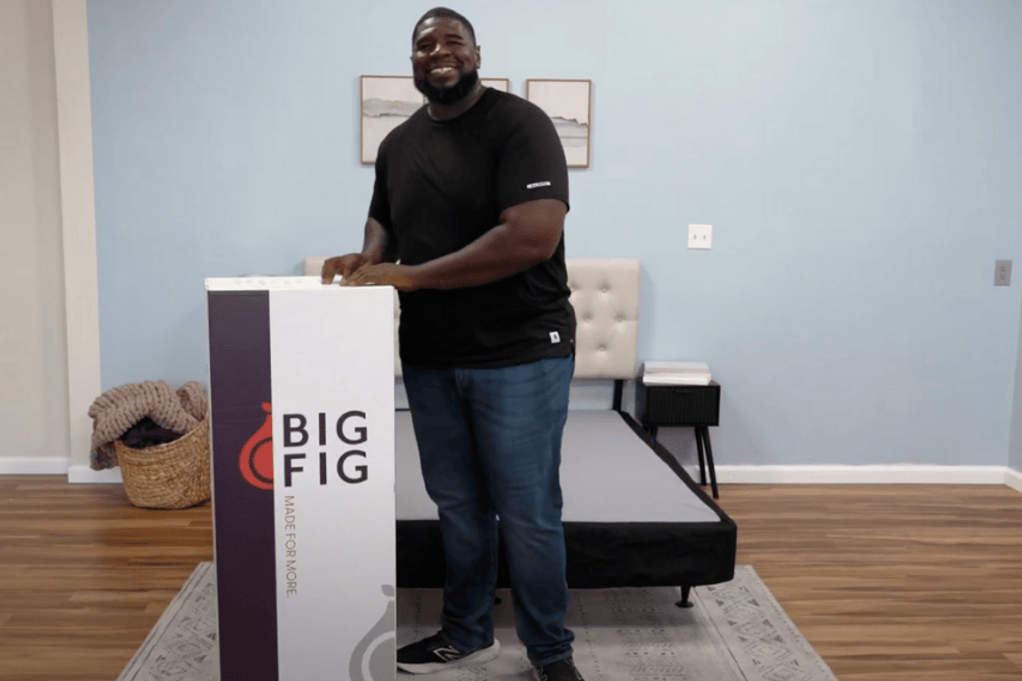Our one and only, Lindsy Argenti, was interviewed by Authority Magazine where she discussed the importance of authenticity in the workplace. Lindsy has worked in marketing for more than thirteen years and now is the Director of Marketing for Big Fig mattress where her top focus is making sure "every body" gets a great night sleep.
In this interview, she shares her successes, struggles, and the how she willcontinue being a great influence on a very important aspect of people’s lives, their sleep.
Want to watch the full video? Click here.
Here are Lindsy's "5 Ways to Create a Culture Where People Feel Safe to be Authentic"
1. This one might be the hardest for most leaders, but you have to lead by example. Executives and leaders need to show authenticity in their own actions and communications, both with each other and the broader organization. When leaders are open, transparent, and genuine, it sets the tone for the entire organization to follow suit. This can be a really scary concept for heads of larger organizations. I have found that the perceived culture of any company is most influenced by the people at most two levels above the largest population of employees. The larger or more matrixed an organization, the more diffused the influence of leadership. This means you need more leaders to understand the goal of authenticity and acting accordingly. A good start is to recognize your own unconscious biases and how they impact the way you see the world. Then you start to understand how others may view things through a different lens, not wrong or less… just, different.
2. Not to be cynical, but a lot of companies would be more authentic simply by promoting diversity and inclusion beyond just that legal disclaimer at the bottom of job postings. To be authentic, a company has to truly celebrate diversity and actively promote inclusion within the workplace. If you’re a small company or hiring from a community that lacks diversity in its population, this can feel like a daunting task, but consider the tangential opportunities to support diverse populations. For example, Big Fig is a company with a small head count, but we work with dozens of influencers a year. We seek out diverse creators with varied followings. We support diversity with our marketing dollars, literally putting our money where our mouth is.
3. Teach the concept of becoming passionately detached. There is the danger that people, especially new hires or junior level team members, can feel stifled or put down if their ideas aren’t accepted. They can feel unheard or unvalued. Managers will know that’s not the case, but not every idea wins and coaching your team on how to handle those situations is important. You want your team to only bring forward ideas they are truly passionate about, but they have to learn to detach that idea from their own identity. It’s the idea that isn’t what leadership is looking for right now, not your skills. Another good point to make on the subject is that ideas can be subjective, data is not. If you have someone really passionate about an idea, make sure they support why it’s a winner with solid data. Then when you’re competing for resources, the best data wins. It’s just that simple.
4. Encourage employees to share their challenges, failures, and successes openly, fostering trust and empathy among team members. Leaders can create a culture where vulnerability is seen as a strength rather than a weakness by not always reacting. Sometimes listening to vulnerable admissions without offering solutions, repercussions or your own opinion can be a challenge. However, active listening is occasionally all that’s needed to let people find a path forward for themselves.
5. Executives and leaders need to provide support and recognition for the unique contributions and strengths of employees. Recognition doesn’t have to be a large or expensive gesture, but it should be a public one. By providing a variety of resources for personal and professional development, you’re empowering employees to grow and thrive authentically. I’ve seen ideas as simple as “get to know us” bulletin boards become resounding successes simply because it allows a company to highlight an individual beyond the workplace. A photo with a list of likes, hobbies and personal details is all it takes to make someone feel seen.
To read the full article click here




